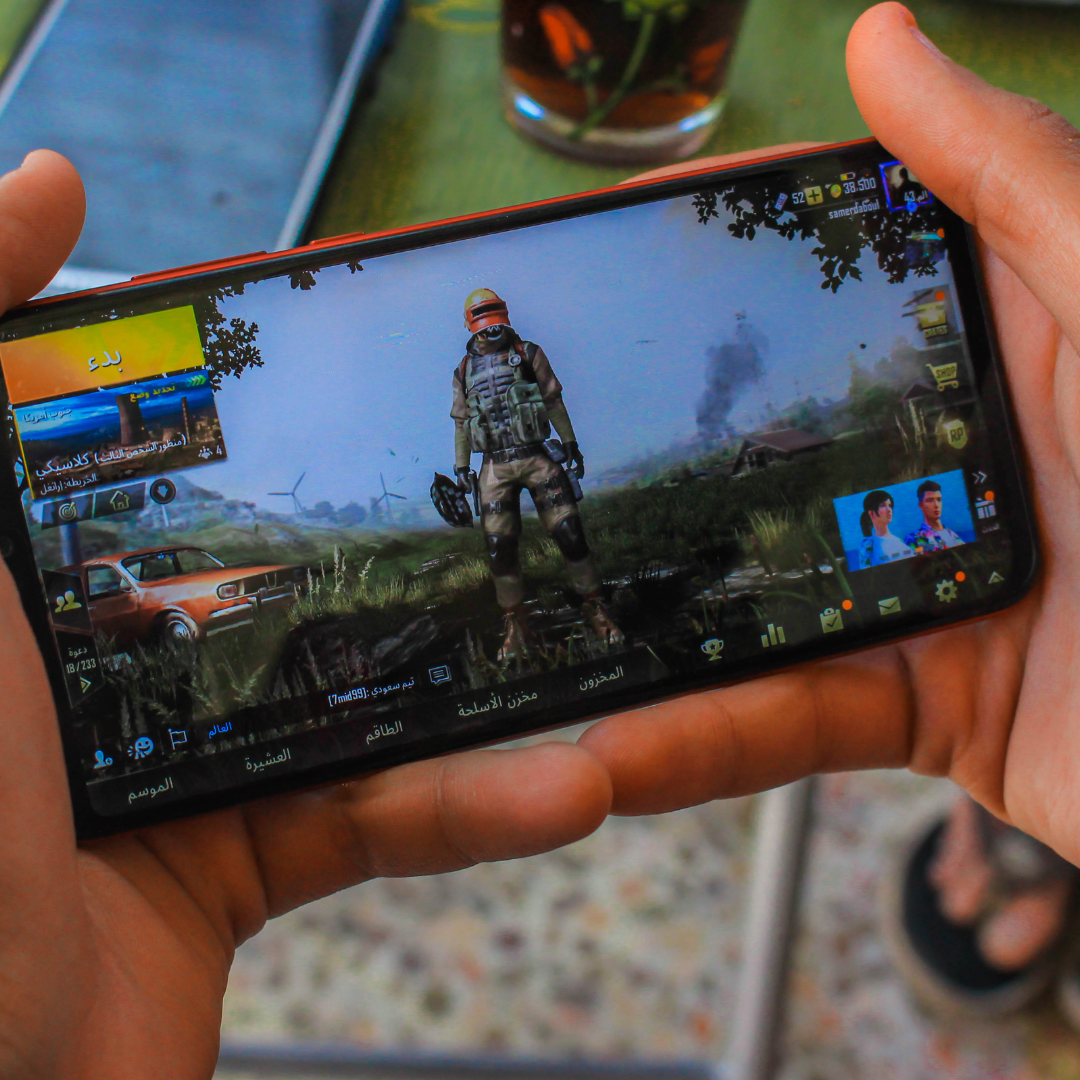The rise of cross-platform gaming is reshaping the landscape of the video game industry. This shift allows gamers to connect and compete across different hardware, breaking down barriers that once limited their experience. As players can now enjoy the same titles regardless of their chosen platform, the sense of community has expanded significantly.
Game developers are also responding to this trend, employing strategies that prioritise inclusivity and accessibility. This approach not only boosts player engagement but also enhances the competitive scene, as more players can join in on the action, regardless of the system they use.
Cross-platform gaming is now seen as a pivotal factor in driving innovation and growth within the industry. By fostering collaboration and shared experiences, it creates a more unified gaming culture that benefits both players and developers alike.
The Evolution of Cross-Platform Gaming
Cross-platform gaming has emerged as a pivotal force in the gaming industry, fostering a more inclusive environment for players. This evolution Centres on breaking down barriers between gaming systems and the emergence of key titles that have championed cross-platform play.
Breaking Down Barriers Between Gaming Systems
Traditionally, players were confined to their specific gaming ecosystems. However, technological advancements and a shift in corporate strategies have paved the way for cross-platform gaming. Game developers now prioritise connectivity, allowing players on different devices to compete and collaborate seamlessly.
Major companies like Microsoft and Sony have gradually embraced cross-play. Initiatives like cross-platform networks enable interactions between PlayStation, Xbox, and PC users. The shift reflects a growing recognition of player demand for inclusivity, ensuring that friends can play together regardless of hardware.
Key Games Leading the Cross-Platform Revolution
Several games have significantly propelled the cross-platform movement. Fortnite stands out as a primary example, enabling players from various platforms to join matches in real-time. Its success has demonstrated the substantial appeal of cross-platform play.
Rocket League is another title that has embraced cross-platform capabilities, attracting a diverse player base. Furthermore, Call of Duty: Warzone has included cross-play features, enhancing the competitive landscape. Minecraft also supports cross-platform functionality, allowing users across different devices to build and explore together.
These games have not only expanded player interaction but have also influenced industry practices. As cross-platform gaming continues to grow, it shapes the future of multiplayer experiences, compelling developers to rethink their approaches.
Technological Innovations Facilitating Cross-Platform Play
Numerous technological advancements are reshaping the landscape of cross-platform gaming. Key areas such as cloud gaming, game development tools, and the implementation of artificial intelligence are driving this transformation, making it easier for players across different platforms to engage with one another.
The Role of Cloud Gaming
Cloud gaming has emerged as a vital technology in facilitating cross-platform play. It enables players to stream games directly from the cloud without the need for powerful hardware. This allows users on devices like the Nintendo Switch, PlayStation, and Xbox to access a vast library of games.
Providers such as Google Stadia and NVIDIA GeForce Now enhance this experience by reducing latency and improving performance. Players can enjoy seamless multiplayer interactions and transitions between devices, making cross-platform matchmaking more fluid and accessible.
Advancements in Game Development Tools
Modern game development tools are crucial for creating cross-platform titles. Engines like Unity enable developers to build games that run on multiple platforms simultaneously. This flexibility ensures that developers can target a broader audience while maintaining performance quality.
Tools now include features such as cross-platform play integration, which simplifies the process of allowing players on different consoles to connect. This efficiency helps developers focus more on gameplay and innovation rather than compatibility issues, enabling richer gaming experiences.
Impact of Artificial Intelligence and Procedural Content Generation
Artificial intelligence plays a significant role in personalising and optimising cross-platform gaming experiences. AI systems can analyse player behaviour across different platforms, allowing developers to tailor content more effectively. This increases player engagement and satisfaction.
Procedural content generation complements this by automatically creating game environments and scenarios, ensuring that users on varying platforms encounter unique experiences. This technology makes it feasible to provide a diverse range of content while maintaining a consistent quality across different systems, further enriching the cross-platform play experience.
Social and Economic Effects on the Gaming Industry
Cross-platform gaming facilitates a broader reach and creates diverse interactions among players. The impact on gaming communities and economic dynamics is evident in three key areas.
Fostering Inclusive Gaming Communities
Cross-platform functionality allows players from different types of devices to engage together. This inclusivity contributes to a rich gaming environment where varied perspectives and experiences are shared.
It breaks down barriers associated with hardware differences. Communities become more vibrant as players with various backgrounds connect, fostering respect and collaboration.
As gamers form friendships across platforms, support networks grow. Initiatives to promote inclusivity can also gain traction, enhancing user satisfaction.
Monetisation and Cross-Platform Gaming
Cross-platform gaming opens up innovative monetisation opportunities for developers and publishers. By accessing a larger, diverse player base, businesses can implement varied business models.
This can include microtransactions, subscriptions, and expanding in-game purchases. An expansive audience increases potential revenue streams, encouraging developers to enhance quality and content.
Moreover, partnerships with streaming platforms and esports tournaments can generate additional revenue. This strategy allows developers to capitalise on the competitive gaming scene and promote their titles effectively.
Player Retention and Expanded Player Base
Engaging players across different platforms significantly improves player retention rates. As players move freely among devices, they are less likely to abandon games.
The shared experience creates loyalty, leading to long-term user engagement. Developers can leverage this by offering cross-platform progression, allowing players to continue their journey regardless of their device.
Furthermore, this expanded player base can fuel community growth. More players often mean more vibrant interactions and shared experiences, which can enhance game longevity and investment.
Challenges and Considerations in Cross-Platform Gaming
Cross-platform gaming introduces significant challenges in achieving gameplay balance, ensuring fair matchmaking, and providing accessibility alongside cross-progression. These factors play a crucial role in creating a seamless gaming experience across different platforms.
Balancing Gameplay Across Different Platforms
Balancing gameplay across platforms is a core challenge. Different hardware often leads to variances in performance. For example, a game that runs at 120 FPS on a high-end PC may perform at 30 FPS on a console.
This discrepancy affects gameplay experience. Developers must consider these differences when designing mechanics, weapons, and character abilities.
- Adjustments: They may implement scaling systems to optimise performance based on the platform.
- Playtesting: Extensive testing is necessary to ensure fairness, especially in competitive environments.
Ensuring Fair Matchmaking
Fair matchmaking is critical to ensure a level playing field. Disparities between player capabilities can lead to frustrations.
Developers use various methodologies to match players optimally. This includes considering factors like:
- Skill Levels: Monitoring player skill through rankings or statistics.
- Platform Differences: Accounting for potential advantages, such as control schemes for keyboard and mouse versus controllers.
The goal is to create balanced matches that account for these elements without compromising player enjoyment.
Accessibility and Cross-Progression
Accessibility in cross-platform gaming must cater to diverse player needs. This includes visual and auditory options, as well as control remapping to accommodate disabilities.
Cross-progression allows players to maintain their progress across platforms. This is crucial for player retention and satisfaction.
Key considerations include:
- Account Linking: Establishing a simple process for linking accounts across platforms.
- Data Synchronisation: Ensuring that game data updates seamlessly, regardless of the device used.
These elements contribute to an inclusive gaming environment that appreciates players’ preferences and needs.




Leave a Reply